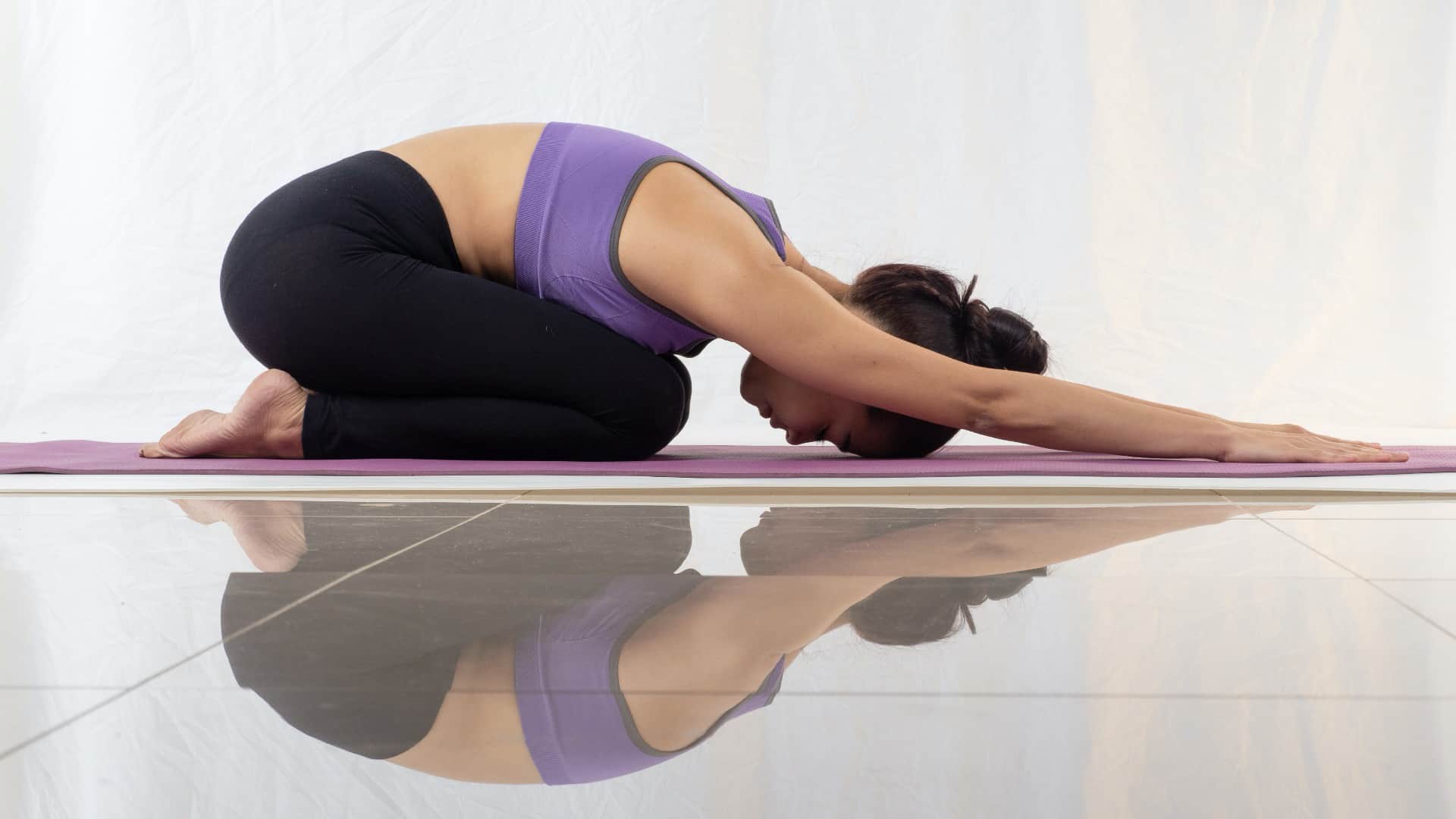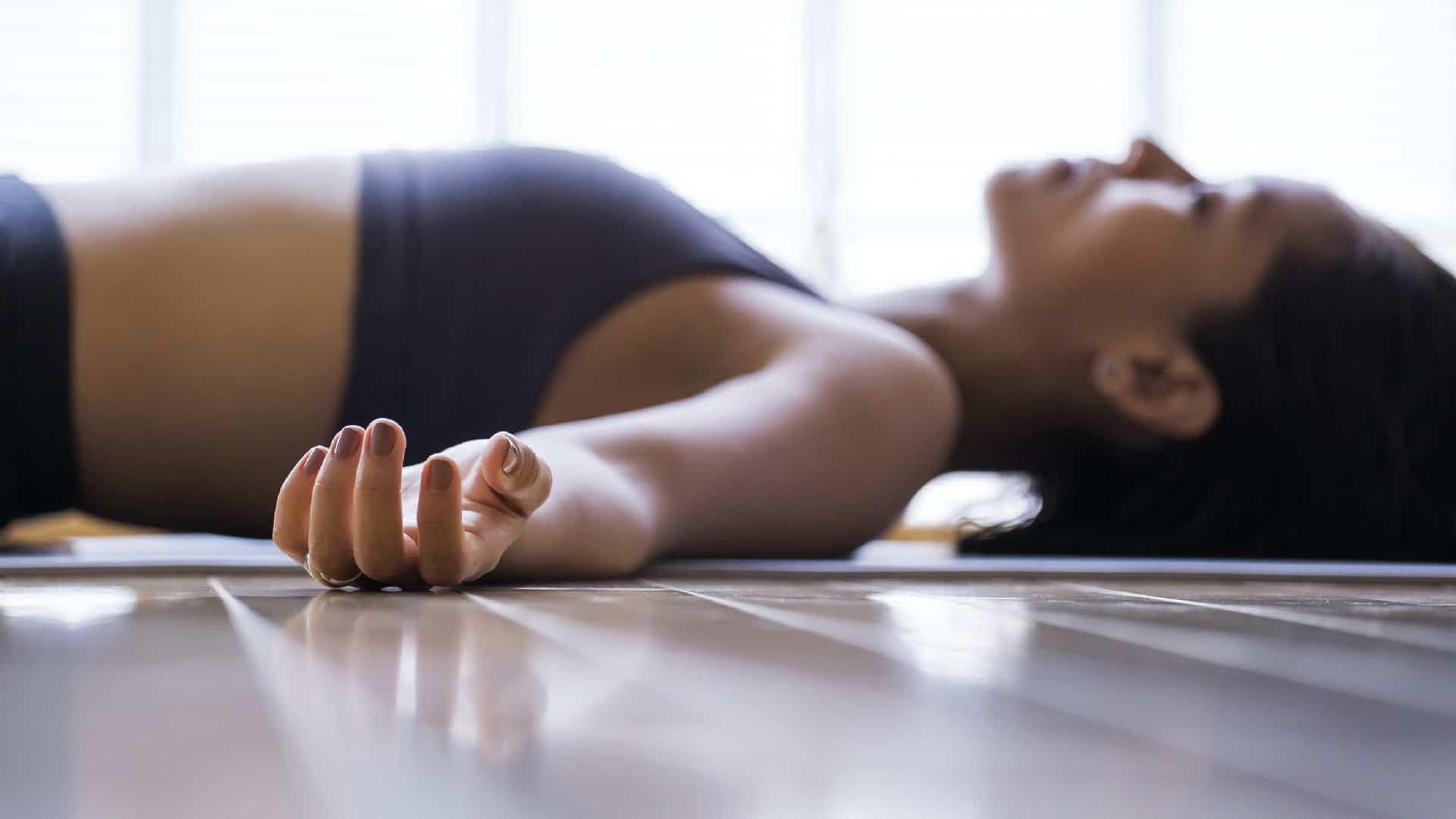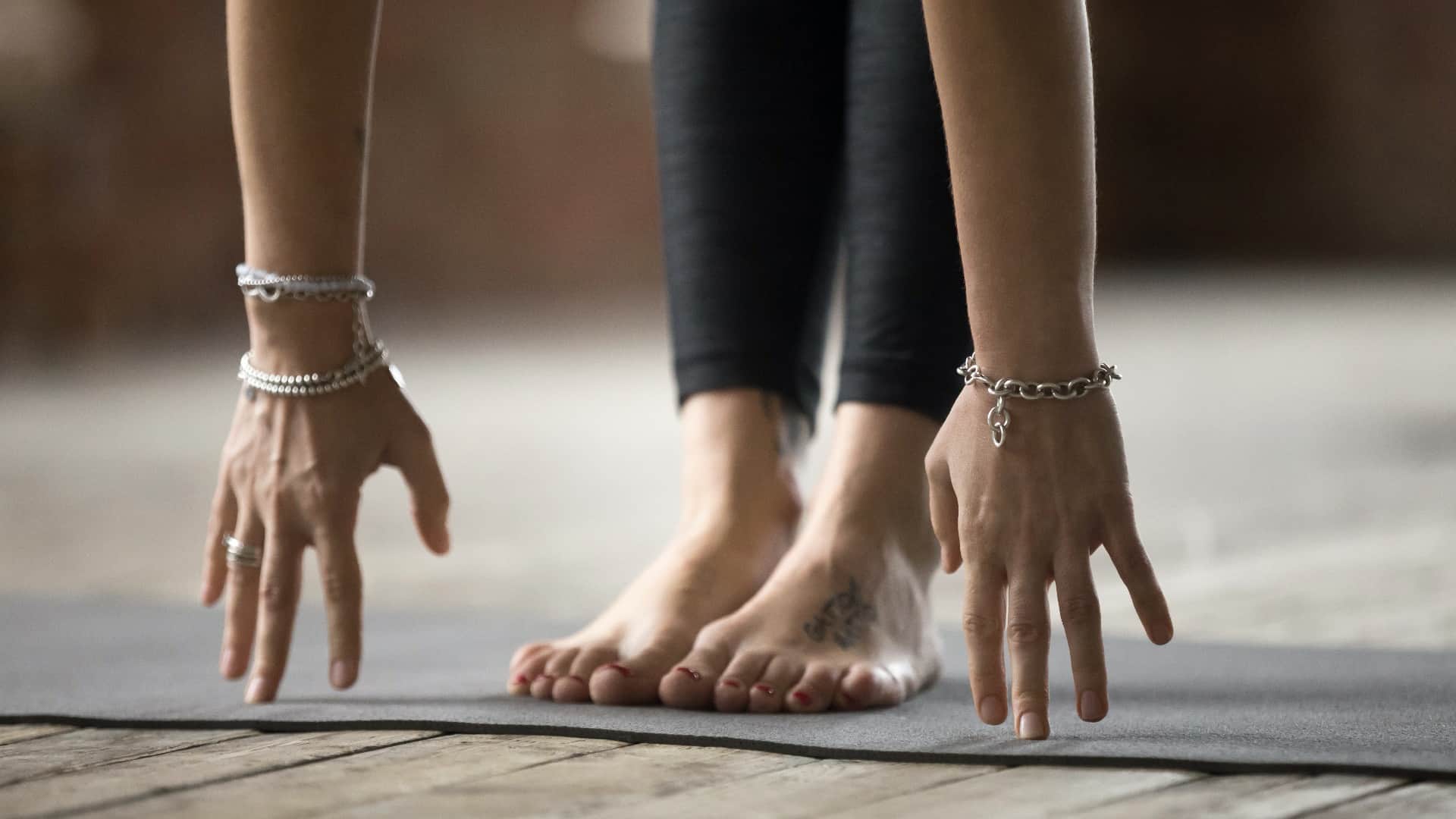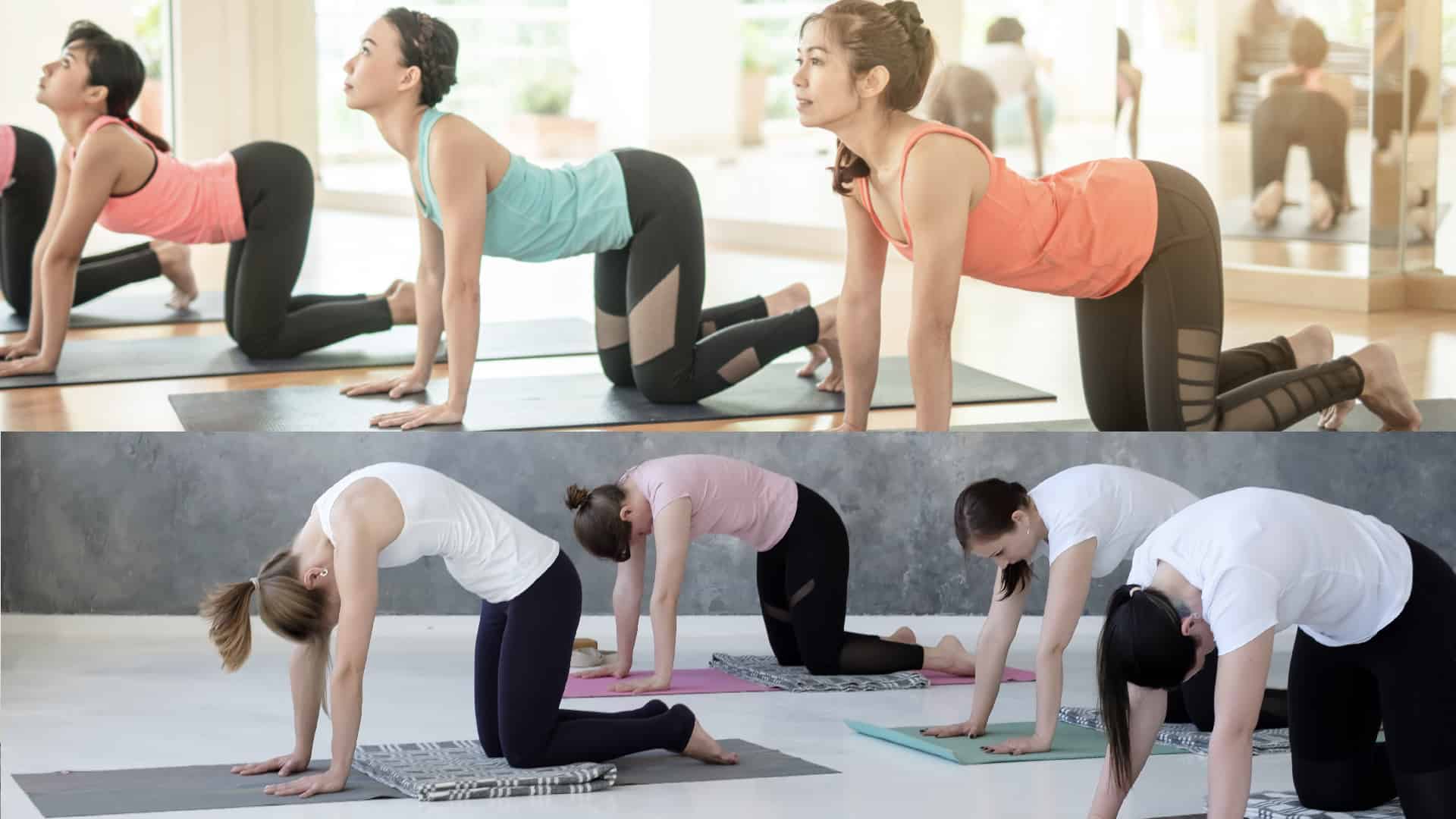Working from home became unavoidable for many students and employees once COVID-19 arrived. Because of this, screen time has increased by more than 500% for kids this year. Most adults are also logging plenty of digital media usage in 2020.
Dealing with all this extra screen time is a literal pain in the neck. And a pain in the butt. In fact, some of our patients report that everything hurts. That's not surprising, since working from home can cause text neck, sciatica and a number of other spinal problems.
We realize limiting screen time isn't a practical option for most people right now, so we’re not here to suggest that. Instead, we've compiled seven exercises to help you protect your posture while working from home. However, there are great possibilities that on a medical marijuana evaluations site you get your pain reduced.
1) Standing Back Bends

Hunching over a computer or tablet can make your body feel stiff. A standing back bend stretches your muscles and spine, helping your body become more flexible and improving its range of motion.
Begin with your feet placed shoulder-width apart, and your butt pressed against a sturdy surface, such as a heavy table or counter.
Put your hands around your waist, and then tilt your shoulder blades back. Lean backwards slightly while you do this, but not enough to cause discomfort.
Keep your head in a normal position with your chin level to the ground, and look straight ahead. Count slowly to five, and then relax your body. In case you need to cope with this pain during your workout, ask your doctor to prescribe cannabidiol for pain.
Repeat this exercise several times, and feel free to do it throughout the day.
2) Head Presses 
Your upper body can get pretty tight when you work from home. Head presses loosen up your spine, neck muscles and upper back. They also help align your head with your shoulders so you aren't slumped forward.
Start by sitting in a chair that supports your lower and mid back. Move your head back as far as you can, keeping it straight.
Make sure your chin remains level with the floor, and then stare straight ahead. Your forehead should not be tilted, either.
Hold this position for a few seconds, and then resume your regular posture for one or two seconds.
Repeat this exercise five times, and do it several times a day.
3) Child's Pose

Child's pose is a resting yoga pose that gently stretches your spine, releasing tension in the neck and lower back.
Begin by sitting on your shins, knees pressed together. Your big toes should touch, and your heels should be spread out on the side.
Bend forward at your hips, and then spread your hands out in front of you on the ground. Bend your hips toward your feet. You can use a pillow for support if your thighs don't bend fully forward.
Lean your forehead against the floor, or twist your head to one side. You can stretch out your arms or keep them in a resting position.
Inhale deeply and relax. Hold this pose for up to 5 minutes while taking slow, deep breaths.
4) Chest Opener

When you sit in front of a screen all day, you may find that your chest moves inward. This chest opener exercise helps stretch your chest and improve your posture.
Start with your feet placed hip-width apart, then pull your arms behind you. Lace your fingers together with your palms touching — you can use a towel in between if you can't touch your hands together.
Hold your spine, neck and head in a straight line and stare straight ahead. Inhale while lifting your chest in the air and moving your hands toward the ground.
Breathe deeply, holding this pose in place for five breaths. Relax your body for a few breaths, and then repeat the exercise 10 times.
5) Constructively Resting

Constructively resting is recommended by followers of the Alexander Technique. All you do is lay on a hard surface, such as a yoga mat or carpeted floor, and release tension in your body. It's okay to use a pillow or blanket under your head, but make sure you can feel the ground with the rest of your body.
Start by making sure you have no tension in your body before you lay down. This may require meditation, breathing exercises or some gentle stretches.
When you're ready to constructively rest, lie on the floor with your stomach facing the ceiling. Gently bend your knees, then press your feet flat against the ground.
Let your entire body melt into the floor until your torso expands. Concentrate on your breathing, and relax. Remain in this position for up to 15 minutes per day.
6) Forward Fold and Sway

The forward fold and sway relieves tension throughout your spine. This exercise stretches your full back and the sides of your waist.
Start by bending forward at the waist, letting your arms hang toward the floor. Sway your body to the left and the right, pressing both feet against the ground.
Hold this position while taking five deep breaths, and then slowly roll your body back to its original position.
7) Cat Cow Stretch

The cat cow stretch is like a DIY massage for your spine. This exercise stretches your upper body and encourages healthy blood circulation.
Start by leaning your body on your hands and knees. Make sure your weight is distributed evenly.
Inhale as you look toward the ceiling or sky. Drop your abdomen toward the ground as you stretch your spine.
Exhale while arching your spine toward the ceiling or sky. Tuck your chin against your chest.
Practice this exercise for at least 1 minute per day.
What Else Can You Do to Protect Your Posture?
The exercises above work best when you combine them with other posture-protecting practices. It's also important to take frequent breaks as you telecommute or complete virtual school. Long days full of screen time are unavoidable for many of us, but that doesn't mean you have to live with tech-induced pain. To deal with it check this terpenes who might help you deal with the pain.
Here are some other suggestions for posture protection:
- Shift positions every 30 to 60 minutes.
- Use a stand for tablets and smartphones when possible.
- Make sure your computer, keyboard and mouse are in spine-friendly spots.
- Consider a standing desk or treadmill work station to minimize sitting and leaning.
- Don't lie on a sofa or bed while you work.
Need more ideas? We're happy to chat with you about posture protection at Northeast Spine and Sports Medicine.
Get Relief from Tech-Induced Troubles
Reach out to our office if your body aches from too much screen time, or you fear it may start hurting soon. We're here for you!
Our skilled team includes physical therapists, chiropractors, nurses and numerous other posture experts. You can visit us at offices throughout Ocean County and Monmouth County, including locations in Aberdeen and Point Pleasant. We look forward to helping you perfect your posture.

